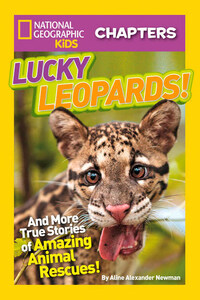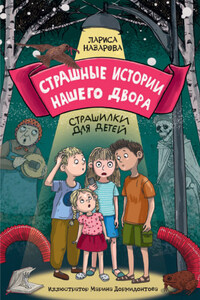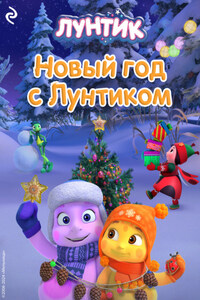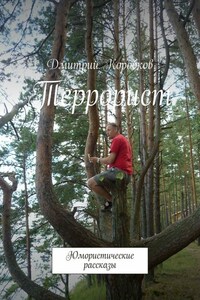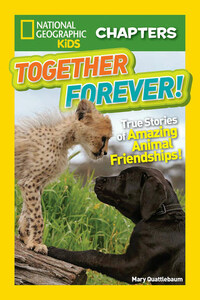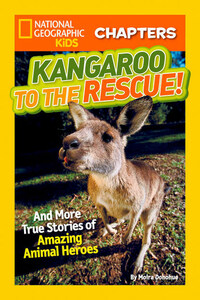Copyright © 2014 National Geographic Society
All rights reserved. Reproduction of the whole or any part of the contents without written permission from the publisher is prohibited.
Published by the National Geographic Society
John M. Fahey, Chairman of the Board and Chief Executive Officer
Declan Moore, Executive Vice President; President, Publishing and Travel
Melina Gerosa Bellows, Executive Vice President; Chief Creative Officer, Books, Kids, and Family
Prepared by the Book Division
Hector Sierra, Senior Vice President and General Manager
Nancy Laties Feresten, Senior Vice President, Kids Publishing and Media
Jay Sumner, Director of Photography, Children’s Publishing
Jennifer Emmett, Vice President, Editorial Director, Children’s Books
Eva Absher-Schantz, Design Director, Kids Publishing and Media
R. Gary Colbert, Production Director
Jennifer A. Thornton, Director of Managing Editorial
Staff for This Book
Becky Baines, Project Editor
Eva Absher-Schantz, Art Director
Kelley Miller, Senior Photo Editor
Ruthie Thompson, Designer
Ariane Szu-Tu, Editorial Assistant
Callie Broaddus, Design Production Assistant
Grace Hill, Associate Managing Editor
Joan Gossett, Production Editor
Marfé Ferguson Delano, Release Editor
Lewis R. Bassford, Production Manager
Susan Borke, Legal and Business Affairs
Jennifer Raichek, Intern
Production Services
Phillip L. Schlosser, Senior Vice President
Chris Brown, Vice President, NG Book Manufacturing
George Bounelis, Vice President, Production Services
Nicole Elliott, Manager
Rachel Faulise, Manager
Robert L. Barr, Manager
The National Geographic Society is one of the world’s largest nonprofit scientific and educational organizations. Founded in 1888 to “increase and diffuse geographic knowledge,” the Society’s mission is to inspire people to care about the planet. It reaches more than 400 million people worldwide each month through its official journal,
National Geographic, and other magazines; National Geographic Channel; television documentaries; music; radio; films; books; DVDs; maps; exhibitions; live events; school publishing programs; interactive media; and merchandise. National Geographic has funded more than 10,000 scientific research, conservation, and exploration projects and supports an education program promoting geographic literacy.
For more information, please visit www.nationalgeographic.com, call 1-800-NGS LINE (647-5463), or write to the following address: National Geographic Society 1145 17th Street N.W. Washington, D.C. 20036-4688 U.S.A.
Visit us online at nationalgeographic.com/books
For librarians and teachers:
ngchildrensbooks.org
More for kids from National Geographic:
kids.nationalgeographic.com
For rights or permissions inquiries, please contact National Geographic Books Subsidiary Rights: ngbookrights@ngs.org
Trade paperback
ISBN: 978-1-4263-1457-5
Reinforced library edition
ISBN: 978-1-4263-1458-2
eBook ISBN: 978-1-4263-1607-4
v3.1
Version: 2017-07-10
March 2009, Assam, India
People watched their step in the Assam (sounds like ah-SAHM) jungle in northeast India. Roads were few and made of dirt. Trees grew so close together they almost touched. And bushy plants and fallen logs covered the forest floor. You never knew when a hungry tiger or slithering python might surprise you. This place was wild. It belonged to the animals.
Two of those animals lay sleeping in a hollow tree. They were newborn kittens, or cubs. Their mother had left them alone while she went hunting for food. The cubs should have been safe. Except before the mama returned, some woodcutters came.
The woodcutters lived in a village on the edge of the forest, in a part of India called Kokrajhar (sounds like co-kruh-JAR). They earned money by gathering firewood to sell. One man saw the hollow tree. He chopped it down with his ax. The tree landed with a thud. Then he got a big surprise.
Two tiny furballs bounced out! The startled woodcutter dropped his ax. He scooped up the tiny cats. They mewed softly. Their gray spotted coats felt as soft as a baby chick. What are they? the man wondered. Baby tigers or baby leopards?
It didn’t matter. The cubs were adorable. And there was no danger in picking them up. The babies’ eyes hadn’t even opened yet. If only I could sell these cats, he thought.
The woodcutter was very poor. He knew that wild-animal dealers would pay big money for the cubs. Then the dealers would sell the cubs for even more money. Rich collectors from other countries paid thousands of dollars for wild animals to put in their backyard zoos.
